USD/CHF Trading Explained: Key Factors and Best Practices
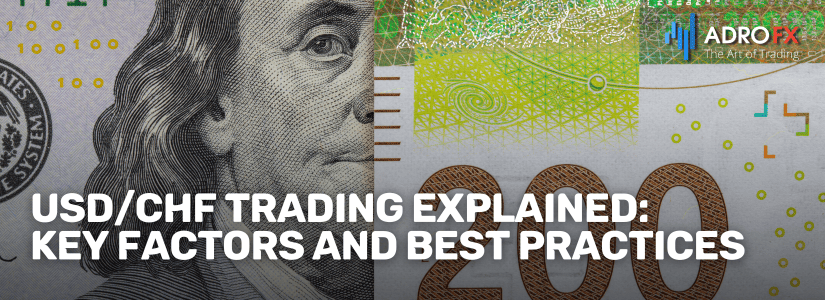
Did you know that USD/CHF is among the top 10 most-traded currency pairs globally? This pair not only represents the relationship between the US dollar and the Swiss franc but also reflects broader economic trends and geopolitical factors. As a trader, understanding the dynamics of USD/CHF can open doors to significant opportunities.
The USD/CHF is one of the major currency pairs in forex trading, indicating how many Swiss Francs are needed to purchase one US Dollar. Known for its stability, the USD/CHF pair is popular among traders due to Switzerland's status as a global financial hub and the Franc’s reputation as a safe-haven currency. In times of economic turmoil, investors often flock to the Swiss Franc, making this currency pair a strategic choice for those looking to hedge against market volatility. As a key player in global financial markets, USD/CHF offers opportunities for both short-term speculators and long-term investors seeking stability. In this article, we’ll explore what makes USD/CHF a compelling choice for traders and how you can leverage its movements to enhance your trading strategy.
Why Trade USD/CHF?
One of the main reasons traders are drawn to the USD/CHF pair is its inherent stability, especially during periods of global economic uncertainty. The Swiss Franc’s reputation as a safe-haven currency offers a cushion during volatile market conditions, while the liquidity provided by the US Dollar makes trading this pair efficient and smooth. Liquidity is crucial in forex trading as it allows for tight spreads, reducing transaction costs for traders. Moreover, the volatility of the USD/CHF, though lower compared to more exotic pairs, still presents ample trading opportunities.
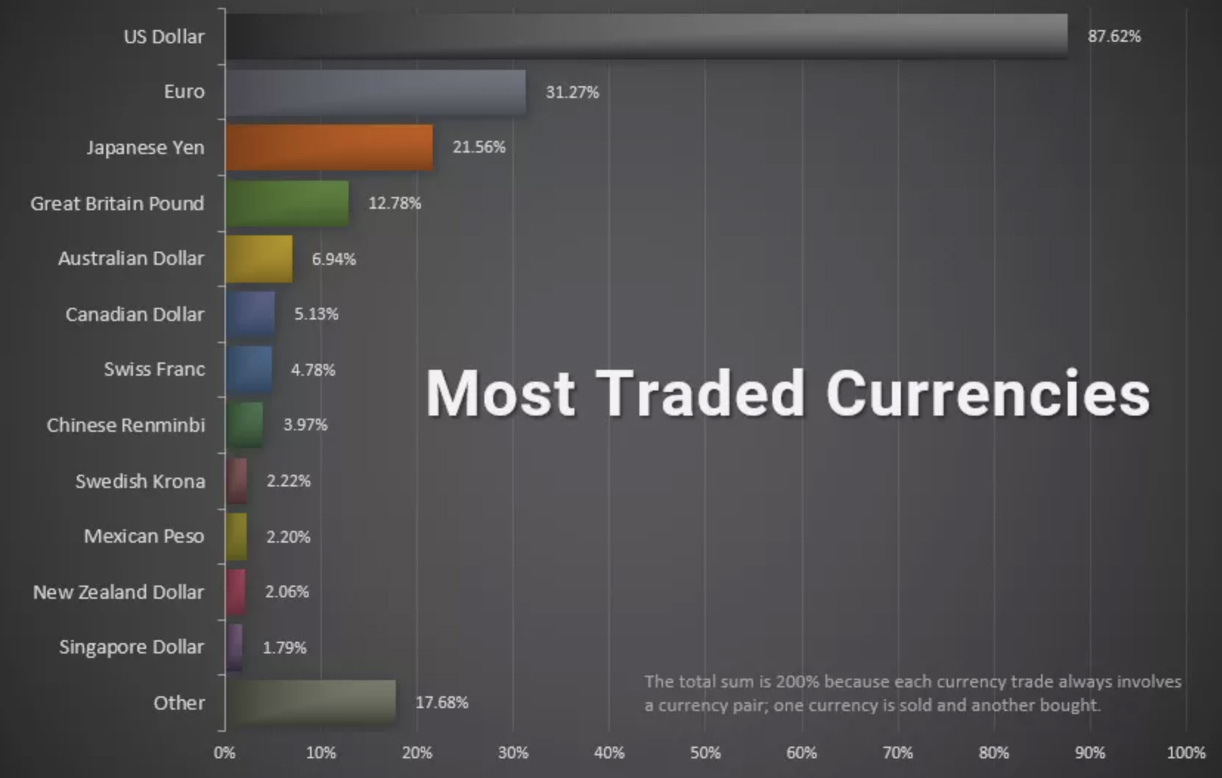
According to recent statistics, the USD/CHF ranks among the top 10 most-traded currency pairs globally, underscoring its significance in the forex market. Whether you're looking for a stable trade or a way to benefit from economic shifts, the USD/CHF is a reliable option for traders worldwide.
Key Factors Influencing USD/CHF
Several crucial factors drive the USD/CHF currency pair’s movement, making it a valuable asset in forex trading. These factors include central bank policies, interest rates, geopolitical events, and economic data from the US and Switzerland. Understanding these drivers is essential for analyzing the pair’s price fluctuations.
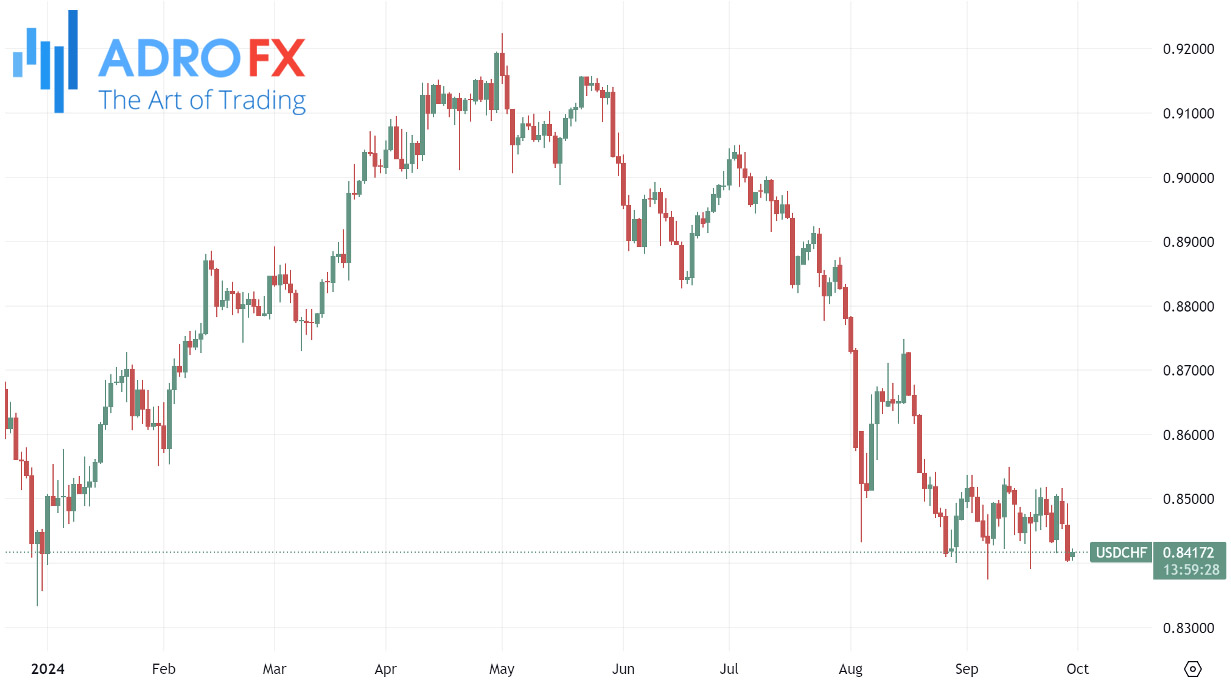
Monetary Policies: Federal Reserve vs. Swiss National Bank
The policies of the US Federal Reserve and the Swiss National Bank are pivotal in determining USD/CHF movement. When the Fed raises interest rates or tightens monetary policy, the USD typically strengthens. Meanwhile, the SNB often keeps Swiss interest rates low or negative, supporting a weaker CHF to aid exports. The contrast between these two central banks’ approaches can create volatility in the pair.
Interest Rate Differentials
Interest rate differentials between the US and Switzerland are a key factor influencing USD/CHF. When US interest rates are higher, the USD becomes more attractive to investors, pushing the pair upward. Conversely, if Swiss rates were to rise, the CHF would gain strength. These differentials are also central to carry trade strategies, where traders seek to profit from the gap in interest rates.
Geopolitical Events and Safe-Haven Demand
The Swiss Franc is often seen as a safe-haven currency, gaining value during global economic turmoil. Events such as political instability, wars, or financial crises tend to drive investors toward the CHF, strengthening it against the USD. In contrast, periods of stability or recovery often see demand for the CHF decrease, as traders shift back to riskier assets.
US Economic Data
Key US economic reports, such as nonfarm payrolls (NFP), CPI, and GDP, directly impact the USD/CHF pair. Strong NFP or CPI data suggests a healthy US economy, supporting the USD. Conversely, weak data can lead to a selloff in USD/CHF, particularly if it increases the likelihood of Fed rate cuts.
Swiss Economic Data
While less prominent, Swiss economic indicators like inflation, unemployment, and GDP also influence the CHF. Strong data may push the SNB to tighten its policies, strengthening the CHF. Weak data, however, could lead to further easing, weakening the Swiss Franc against the USD.
In short, a combination of monetary policy, economic data, and global events shapes the direction of USD/CHF, making it essential for traders to stay informed of these factors.
How to Trade USD/CHF: Best Strategies
When trading USD/CHF, both technical and fundamental strategies are essential. Technical analysis involves studying price movements through charts and indicators such as support and resistance levels, moving averages, RSI (Relative Strength Index), and MACD (Moving Average Convergence Divergence). Identifying key support and resistance zones can help traders make informed decisions about when to enter or exit trades, while RSI and MACD are useful for spotting potential reversals or trend continuations.
On the fundamental side, traders need to focus on major economic reports and central bank policies from both the US and Switzerland. Keeping an eye on key indicators like US inflation reports or SNB policy decisions can provide insights into future price movements. Carry trading is another popular strategy for USD/CHF, where traders attempt to profit from the interest rate differential between the US and Switzerland by borrowing in a lower-yielding currency (CHF) and investing in a higher-yielding one (USD). Finally, effective risk management is crucial when trading this pair. Using Stop Loss orders and proper position sizing can help mitigate potential losses and protect your capital, ensuring you trade USD/CHF strategically and responsibly.
Best Time to Trade USD/CHF
Knowing the best time to trade the USD/CHF currency pair can significantly affect your profitability. The pair is most active during certain market hours when liquidity and volatility peak, allowing traders to capitalize on price movements.
The overlap between the New York and European sessions is considered the best time to trade USD/CHF. The European session runs from 7:00 AM to 4:00 PM GMT, and the New York session follows from 12:00 PM to 8:00 PM GMT. The overlap between these sessions (12:00 PM to 4:00 PM GMT) is when market activity is at its highest. Both the US and European financial markets are open, leading to more trading volume and volatility, which creates opportunities for traders to profit from the price fluctuations of the USD/CHF pair.
During this overlap, liquidity increases as institutional traders from both sides of the Atlantic participate in the market, leading to tighter spreads and better execution prices. The Swiss Franc is influenced by economic data released during the European session, while US economic reports typically affect the US Dollar in the New York session.
Market events that trigger volatility in the USD/CHF pair are crucial for traders to monitor. For example, US economic data like nonfarm payrolls, CPI, and Federal Reserve announcements usually cause significant price movement during the New York session. Similarly, European Central Bank or Swiss National Bank announcements may lead to volatility in the CHF during European hours.
While the overlap between the European and US sessions offers the best trading conditions, it's also essential to be mindful of major news events and avoid periods of low liquidity, such as after market hours or holidays. Trading during these times can lead to wider spreads and increased risks.
Also read: A Deep Dive into 6 Technical Indicators Loved by Professionals for Confident Decision-Making
Technical Indicators for USD/CHF Trading
To successfully trade USD/CHF, utilizing the right technical indicators is crucial. Technical analysis tools help traders understand price trends and predict potential reversals, allowing for more informed decision-making.
Bollinger Bands are among the most popular indicators used in USD/CHF trading. This tool measures volatility and provides insight into potential overbought or oversold conditions. When the price moves toward the upper band, it could indicate overbought conditions, signaling a possible reversal. Conversely, when the price nears the lower band, it may indicate an oversold market, suggesting a potential buying opportunity.
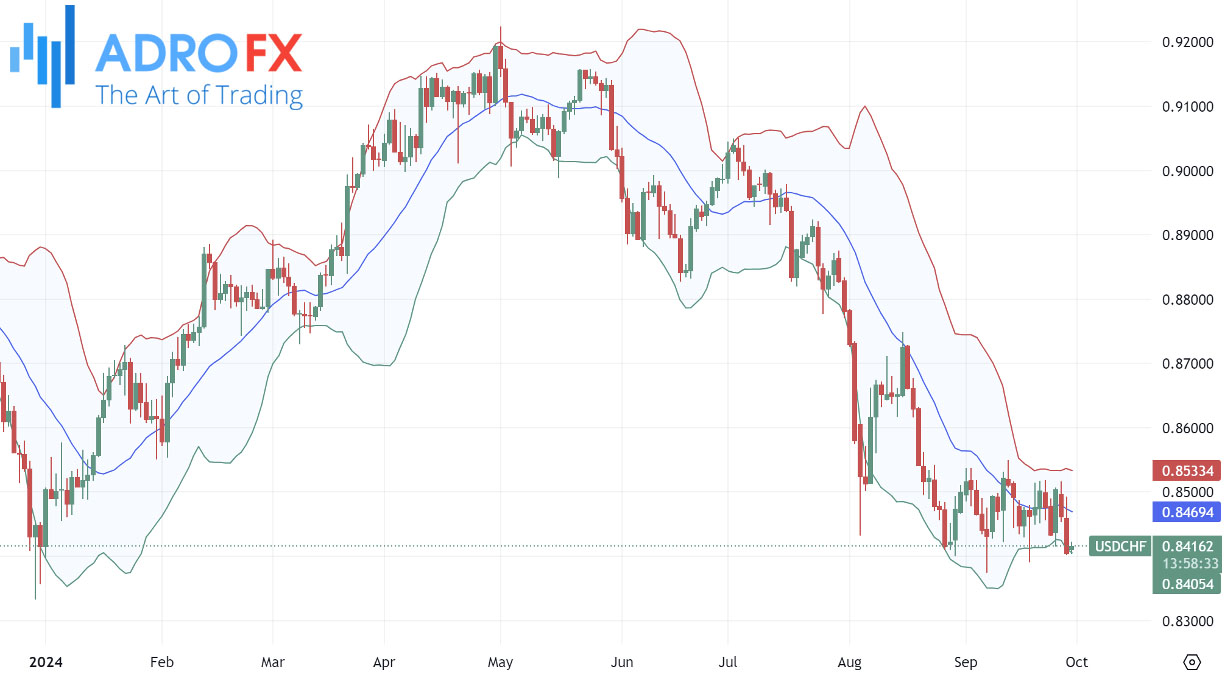
Fibonacci retracement levels are also frequently used by traders to identify potential support and resistance levels. After a significant price move, Fibonacci levels help traders determine where the price might reverse or continue its trend. By applying these retracement levels to a USD/CHF chart, traders can better anticipate pullbacks or continuation of the trend.
Candlestick patterns are another vital tool in technical analysis for USD/CHF. Patterns like "dojis," "engulfing," and "hammer" candles can offer early signs of trend reversals or continuations. For example, a bullish engulfing pattern near a support level often signals a potential upward movement, while a bearish engulfing pattern near resistance can indicate a price decline.
These indicators, combined with a proper understanding of market trends, allow traders to make better predictions and more calculated trading decisions. Using multiple indicators together often yields the most reliable results, as it gives a more complete picture of price action and market sentiment in the USD/CHF pair.
Common USD/CHF Trading Mistakes to Avoid
While trading USD/CHF can be profitable, common mistakes can lead to significant losses. Identifying and avoiding these pitfalls is essential for success in forex trading.
One of the most frequent errors is over-leveraging positions. Leverage allows traders to control larger positions with less capital, but it also magnifies potential losses. Many traders, especially beginners, use excessive leverage, hoping for large gains but often ending up with substantial losses when the market moves against them. It’s important to manage leverage carefully and maintain a balanced risk-to-reward ratio.
Another mistake is ignoring key economic indicators that influence the USD/CHF pair. The US Dollar and Swiss francs are highly sensitive to economic data releases, such as nonfarm payrolls, CPI, interest rate decisions, and central bank statements. Failing to pay attention to these events can lead to unanticipated market volatility, resulting in poor trade execution and missed opportunities. Always keep an economic calendar on hand to stay updated on relevant reports.
Trading during low liquidity hours is another mistake to avoid. The USD/CHF pair sees lower activity outside the main trading sessions, particularly during the Asian session. During these hours, the spread between buying and selling prices can widen, leading to less favorable conditions. Lower liquidity also increases the risk of slippage, where trades are executed at a worse price than expected. To minimize this risk, it’s best to trade during peak market hours, especially when the New York and European sessions overlap.
By understanding and avoiding these mistakes, traders can enhance their strategy and reduce unnecessary risks when trading USD/CHF.
Also read: Unveiling the Power of Japanese Candlestick Patterns: A Comprehensive Guide for Forex Traders
USD/CHF and Safe-Haven Trading
The USD/CHF pair plays a significant role in safe-haven trading, particularly during periods of market turbulence. Both the US Dollar and Swiss Franc are considered safe-haven currencies, meaning they tend to strengthen when global economic or geopolitical uncertainties rise. For this reason, USD/CHF is a popular pair for forex traders who seek stability in times of crisis or volatility.
The Swiss Franc is renowned for its safe-haven status due to Switzerland's political neutrality, stable economy, and robust financial system. During times of global uncertainty, investors often move their funds into CHF, making the Swiss Franc appreciate against riskier assets. This behavior also impacts the USD/CHF pair, as CHF's demand increases. The US Dollar, on the other hand, has a similar reputation, bolstered by the US economy's size and the Dollar's status as the world’s reserve currency.
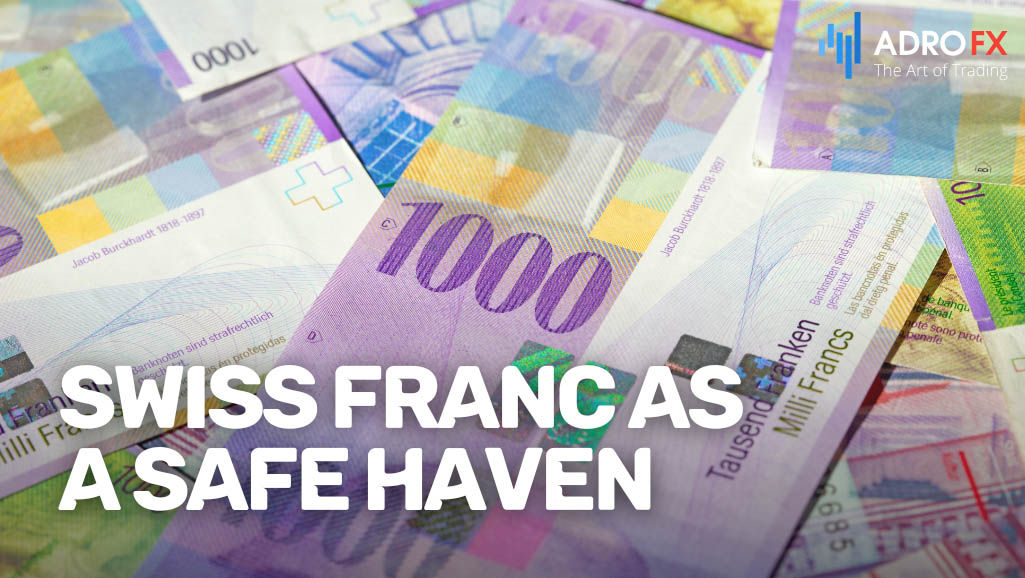
Compared to other safe-haven currencies like JPY (Japanese Yen) and CHF itself, USD/CHF holds a unique position. While the Yen is also seen as a safe-haven asset, USD/CHF often experiences more liquidity, making it attractive to traders. The pair’s balance between stability and liquidity offers an opportunity for more consistent trades during market instability. Traders can rely on its lower volatility compared to riskier currencies while still benefiting from market movements, especially during crises like global recessions, geopolitical tensions, or natural disasters.
For investors looking to hedge their portfolios or reduce exposure to riskier assets, USD/CHF provides a reliable vehicle for safe-haven trading. This currency pair remains essential for those seeking to mitigate risks during unpredictable times.
USD/CHF Perspectives
As of the end of September 2024, the USD/CHF currency pair is navigating a complex landscape shaped by various economic indicators and geopolitical dynamics. Currently trading around 0.8474, the USD/CHF has shown significant volatility over the past year, reflecting broader market sentiments and economic conditions in both the US and Switzerland.

One of the primary factors influencing the USD/CHF's trajectory is the monetary policy decisions made by the Federal Reserve (Fed) and the Swiss National Bank (SNB). In recent months, the Fed has maintained a cautious stance on interest rates amidst ongoing inflation concerns. Although inflationary pressures in the US have shown signs of moderating, any signals of tightening could bolster the US Dollar, making the USD/CHF pair more attractive to traders. Conversely, if the SNB signals a more hawkish approach to combat inflation, the Swiss Franc may strengthen, putting downward pressure on the USD/CHF pair.
Geopolitical factors also play a crucial role in the USD/CHF dynamics. With increasing uncertainties in Europe, including concerns over energy prices and political stability, the Swiss Franc often benefits as a safe-haven asset. Investors typically flock to CHF during times of economic distress, which could lead to fluctuations in the USD/CHF exchange rate as market sentiments shift. Furthermore, global economic conditions, particularly in the Eurozone, can significantly impact the USD/CHF, given Switzerland's close economic ties to its European neighbors.
Recent price movements in the USD/CHF chart indicate a sideways trend, reflecting the market's indecision as traders assess upcoming economic data releases. Key reports such as the US Nonfarm Payrolls, Consumer Price Index (CPI), and GDP growth will be crucial in shaping future price movements. If these indicators show strength in the US economy, we may see a bullish shift for the USD, while weaker data could lead to a depreciation against the CHF.
In conclusion, traders looking at USD/CHF should remain vigilant about economic indicators and geopolitical developments that could affect the pair's direction. The potential for significant volatility is high, making it essential to utilize both technical and fundamental analysis when navigating this currency pair. The USD/CHF’s performance in the coming months will depend on how effectively both the Fed and the SNB manage their respective monetary policies amidst evolving economic conditions. For those interested in trading this pair, employing a robust strategy that accounts for these dynamics will be crucial for success.
Also read: Future-Proof Forex Trading: Best Strategies for 2024 - 2025
How to Get Started Trading USD/CHF with AdroFx
If you're ready to begin trading USD/CHF, AdroFx is an excellent platform to kickstart your journey. AdroFx offers a comprehensive suite of trading tools, an intuitive interface, and robust educational resources that can help both novice and experienced traders succeed in the forex market.
To trade USD/CHF with AdroFx, consider opening a demo account first. A demo account allows you to practice trading with virtual funds, giving you the opportunity to test strategies and familiarize yourself with market movements without risking your capital. With AdroFx’s demo account, you can analyze the USD/CHF pair in real-time, explore technical indicators, and understand how economic events influence the pair's movements. This hands-on experience is invaluable for building confidence before entering the live market.
AdroFx provides several benefits for USD/CHF traders, including competitive spreads, access to advanced charting tools, and a platform that supports both fundamental and technical analysis. Whether you're looking to capitalize on short-term fluctuations or invest for the long-term, AdroFx’s platform has the resources you need to make informed decisions. Plus, the platform’s reliable execution and 24/5 customer support ensure a smooth trading experience.
Getting started is easy. Simply open a demo account with AdroFx today, and you'll gain access to the tools and features needed to enhance your forex trading strategy. Once you're confident with your trading plan, you can switch to a live account and begin trading USD/CHF with real funds. AdroFx’s flexibility and support make it the ideal platform for mastering forex trading.
Conclusion: Master the USD/CHF Market
Trading USD/CHF can be a rewarding experience, especially for those who appreciate the stability of safe-haven assets combined with the opportunities of forex trading. As you’ve learned, the USD/CHF pair offers a unique blend of liquidity and security, making it a go-to currency pair during times of market volatility and global uncertainty.
To trade USD/CHF successfully, it’s crucial to incorporate both technical and fundamental strategies into your approach. By mastering technical indicators such as Bollinger Bands, Fibonacci retracements, and candlestick patterns, you can spot key entry and exit points in the market. Additionally, staying informed about economic data, central bank policies, and geopolitical events will give you an edge in predicting market trends for the USD/CHF pair.
Remember, trading USD/CHF is not just about reacting to price movements - it’s about understanding the factors that drive the pair’s performance and using that knowledge to make informed decisions. This balanced approach can increase your chances of achieving long-term success in the forex market.
For those ready to take the next step, AdroFx offers the ideal platform to hone your skills and trade USD/CHF successfully. Did you know that USD/CHF is among the top 10 most-traded currency pairs globally? With access to advanced tools, competitive spreads, and a user-friendly interface, AdroFx empowers you to make the most of every trade. So, why wait? Start your journey today, practice on a demo account, and master the USD/CHF market like a pro! Explore our resources to dive deeper into trading strategies and insights for success in this dynamic market.
About AdroFx
Established in 2018, AdroFx is known for its high technology and its ability to deliver high-quality brokerage services in more than 200 countries around the world. AdroFx makes every effort to keep its customers satisfied and to meet all the trading needs of any trader. With the five types of trading accounts, we have all it takes to fit any traders` needs and styles. The company provides access to 115+ trading instruments, including currencies, metals, stocks, and cryptocurrencies, which make it possible to make the most out of trading on the financial markets. Considering all the above, AdroFx is the perfect variant for anyone who doesn't settle for less than the best.










